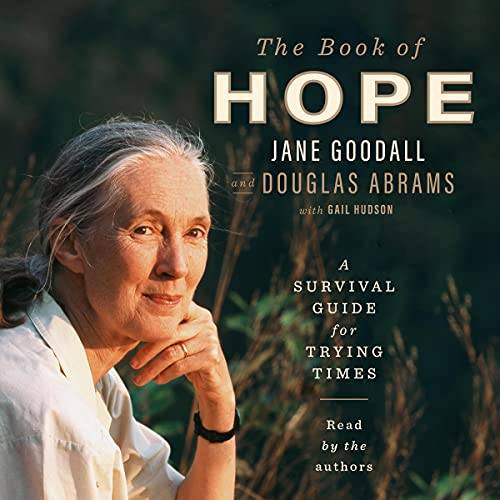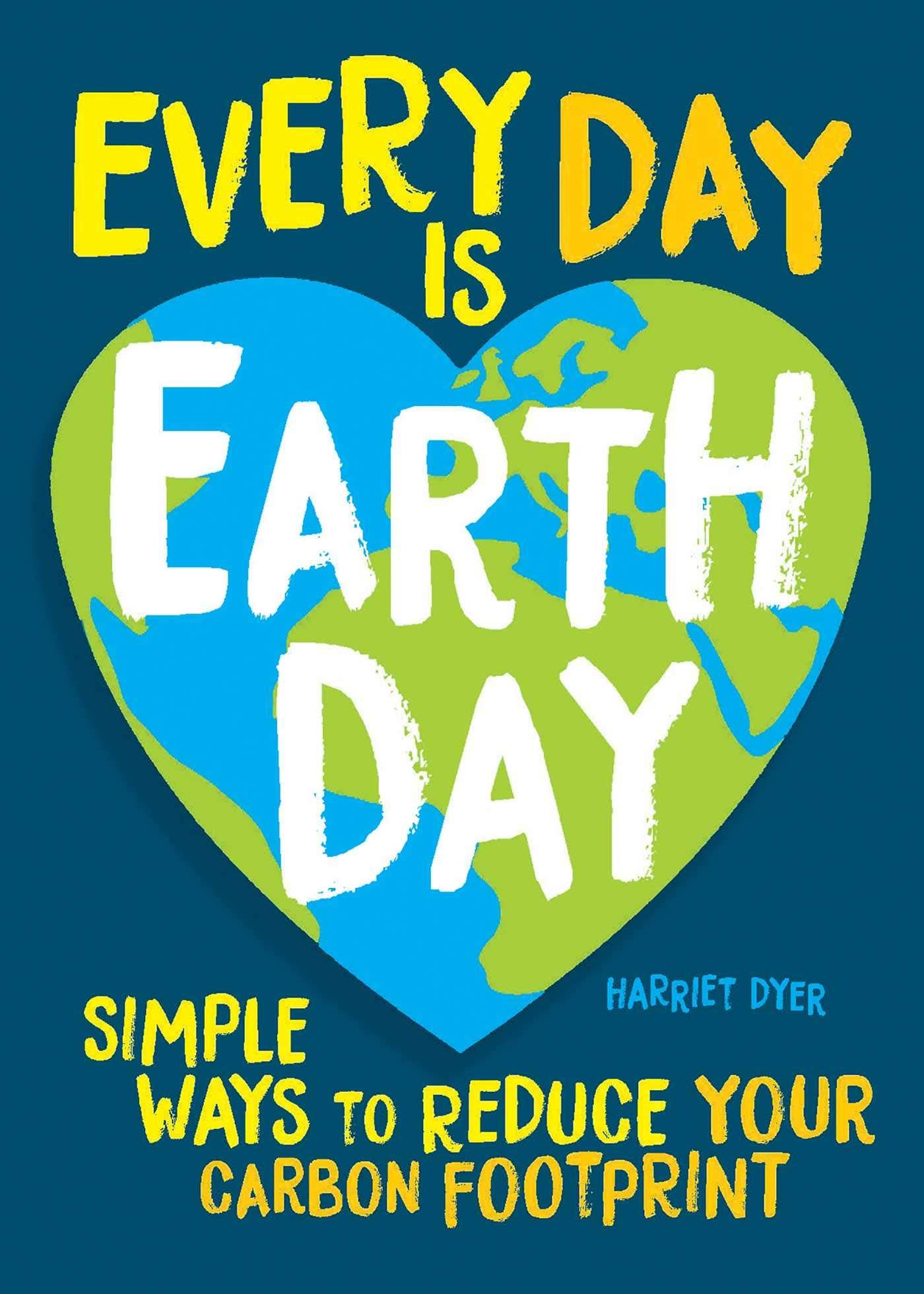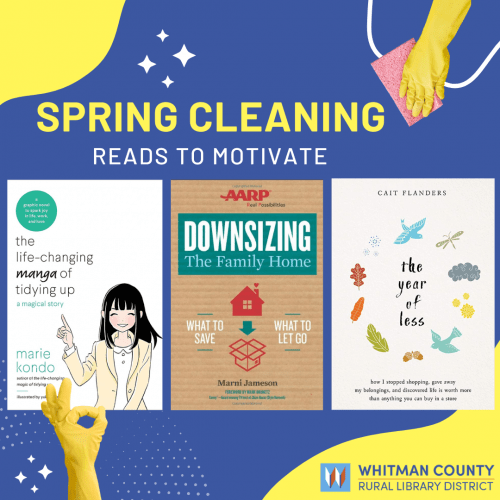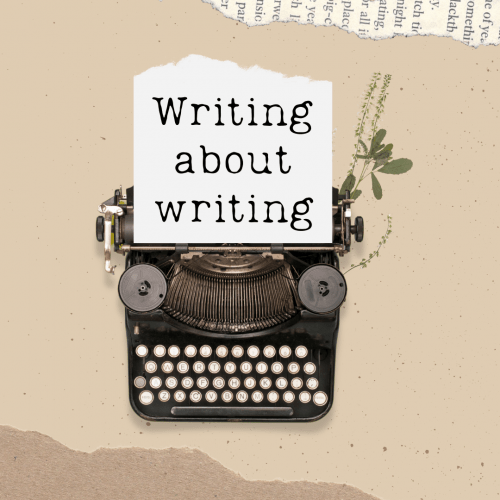The Year of Less by Cait Flanders Documents Cait Flanders’ life for twelve months during…

Earth Day Reading Recommendations from Hannah
The Book of Hope by Jane Goodall Looking at the headlines–a global pandemic, the worsening climate crisis, political upheaval–it can be hard to feel optimistic. And yet hope has never been more desperately needed. In this urgent book, Jane Goodall, the world’s most famous living naturalist and Doug Abrams, internationally-bestselling author, explore–through intimate and thought-provoking dialogue–one of the most sought after and least understood elements of human nature: hope. In The Book of Hope, Jane focuses on her “Four Reasons for Hope”: The Amazing Human Intellect, The Resilience of Nature, The Power of Young People, and The Indomitable Human Spirit.
Every Day is Earth Day by Harriet Dyer Don’t just worry about climate change—take action against climate change! There are many simple things you can do today to make a difference. Every Day Is Earth Day is full of simple ways to reduce your environmental impact. From tips on creating a more eco-friendly home and ways to reduce your plastic use, to advice on shopping sustainably, within these pages you will discover everything you need to know to help you make planet-friendly choices and live a more sustainable life. Read it, do it, and share it with others! Printed on 100% Forest Stewardship Council–certified paper.
Finding the Mother Tree by Suzanne Simard Suzanne Simard is a pioneer on the frontier of plant communication and intelligence; she’s been compared to Rachel Carson, hailed as a scientist who conveys complex, technical ideas in a way that is dazzling and profound. Her work has influenced filmmakers (the Tree of Souls of James Cameron’s Avatar) and her TED talks have been viewed by more than 10 million people worldwide. Now, in her first book, Simard brings us into her world, the intimate world of the trees, in which she brilliantly illuminates the fascinating and vital truths–that trees are not simply the source of timber or pulp, but are a complex, interdependent circle of life; that forests are social, cooperative creatures connected through underground networks by which trees communicate their vitality and vulnerabilities with communal lives not that different from our own.






